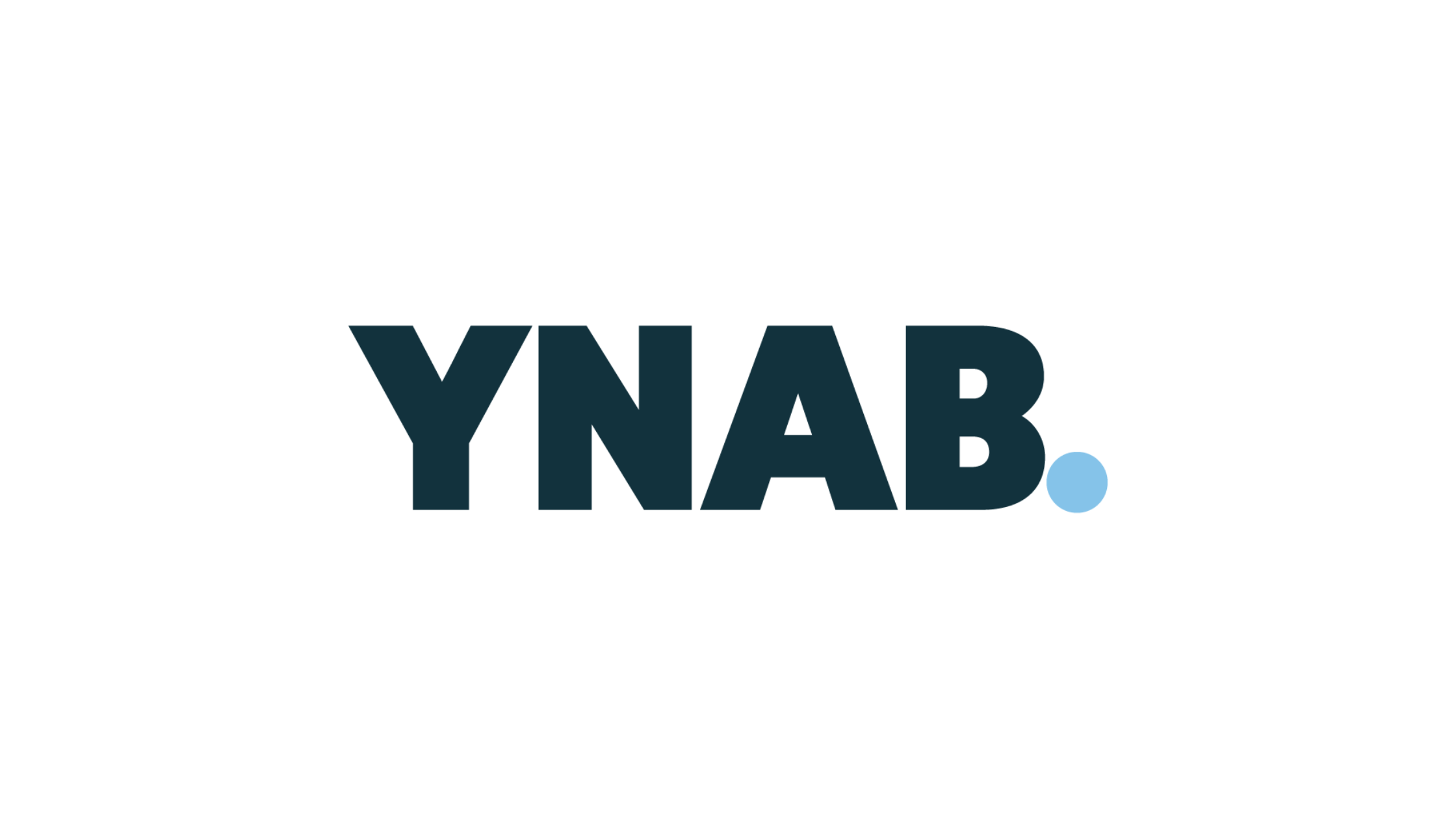It’s the announcement we were waiting for, and at times we weren’t sure if it was happening. The Biden administration officially announced his plan for student loan forgiveness, repayment relief, and a new income-driven repayment plan.
We don’t have all the details yet, but there are several things we do know. We know that while many borrowers will benefit, some borrowers will not qualify, and other borrowers will still have an outstanding balance. Here’s the breakdown of todays announcement.
Biden Student Loan Forgiveness
Federal student loan forgiveness will be offered to borrowers with income during the pandemic of under $125,000 for individuals and under $250,000 for married couples or head of household. Borrowers may be eligible for up to $20,000 in debt cancellation, if a borrower received a Pell Grant in college. For borrowers who did not receive a Pell Grant (even if they met the income standards), they will only be eligible for up to $10,000 in forgiveness.
Do I Have to Apply for Biden Forgiveness?
At this point in time, it seems like the answer is yes you have to apply (for some) and there’s a chance it may be automatic for others. The U.S. Department of Education has indicated that an application will be ready before the end of student loan repayment relief (which is now expected to continue through June 30, 2023). There is an indication that the U.S. Department of Education may already have enough information to grant some borrowers’ automatic forgiveness.
However, bottom line, we will need to wait for the details on how to apply for student loan forgiveness.
Will My Loans Qualify for Biden Student Loan Forgiveness?
According to the U.S. Department of Education, only loans held by the U.S. Department of Education will be offered forgiveness. If you have private student loans, you will not be eligible for student loan forgiveness.
Now here’s that tricky part, determining if your loans are held by the U.S. Department of Education (akaED-held loans) or not. Chances are if you have been receiving student loan repayment relief throughout the COVID-19 pandemic, your federal student loans are ED-held. Here’s a quick way to determine if your loans are ED-held:
- Federal Direct Loans are owned by and ED-held
- Federal Family Education Loan Program Loans (FFEL), for the most part these are held by private lenders and not ED-held. However, some loans could be ED-held, and you should contact your servicer to verify
- Federal Perkins Loans can go either way. If you continue to pay your school or your school’s Perkin’s loan servicer, chances are your loan is not ED-held. However, some Perkins loans are ED-held. You should contact your servicer to verify.
If you have a federal student loan that is not ED-held, there may be additional steps you need to take to qualify. We will need to wait to hear what those details will be to qualify.
Student Loan Repayment Relief Extension
For borrowers receiving federal student loan repayment relief since the start of the COVID-19 pandemic, there is another extension being offered through the end of the year, to June 30, 2023. What does that mean? Your eligible federal student loan will not require you to start making payments again until July 1, 2023, and no interest will accrue. Many borrowers have been offered and have been taking advantage of this student loan repayment relief since March of 2020. For borrowers who will not qualify for forgiveness, or even with forgiveness you are left with outstanding debt, you need to prepare for repayment next January.
While this has been the norm for the past few years, the Biden administration has indicated that this will be the final extension. It’s incredibly important that you take this opportunity to make the most of the time you have. If you haven’t already, evaluate your household finances. Target any high interest debts you may have and come up with a plan to build student loan repayments back into your budget in the new year.
A New Income-Driven Repayment Plan
The Biden Administration has also indicated that they will develop a new income-driven repayment plan. One that will be helpful for lower- and middle-income borrowers. Sometimes the idea of an income-driven repayment plan can be overwhelming for student loan borrowers because of the number of existing options available can be too much to sort through. However, based on the details presented so far, it seems like this new plan may address some of the problems plaguing the existing plans.
A few highlights, based on what we know so far:
- Payments will be capped to 5% of discretionary income for undergraduate loans, and borrowers with undergraduate and graduate loans will have a weighted average rate.
- Past income-driven plans have required borrowers to pay from 10-20% of discretionary income, the new plan will cut that down to 5% of discretionary income.
- Instead of waiting 20 or 25 years for student loan forgiveness from an existing income-driven repayment plan, the new plan will forgive the remaining balance after 10 years.
- Payments will cover the borrower’s unpaid monthly interest. A past criticism of income-driven plans is often borrower payments do not cover monthly interest, overall increasing the amount they owe.







